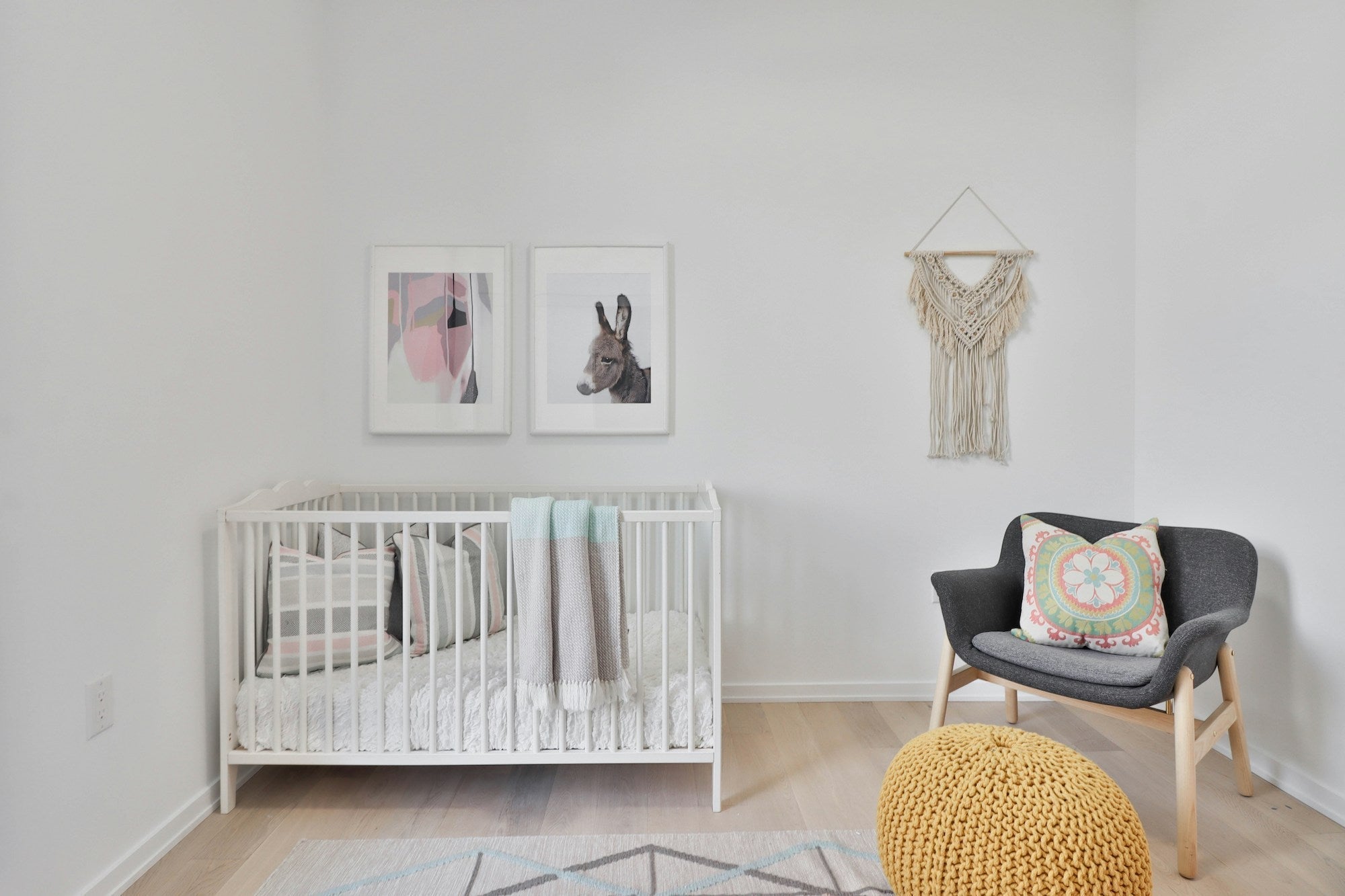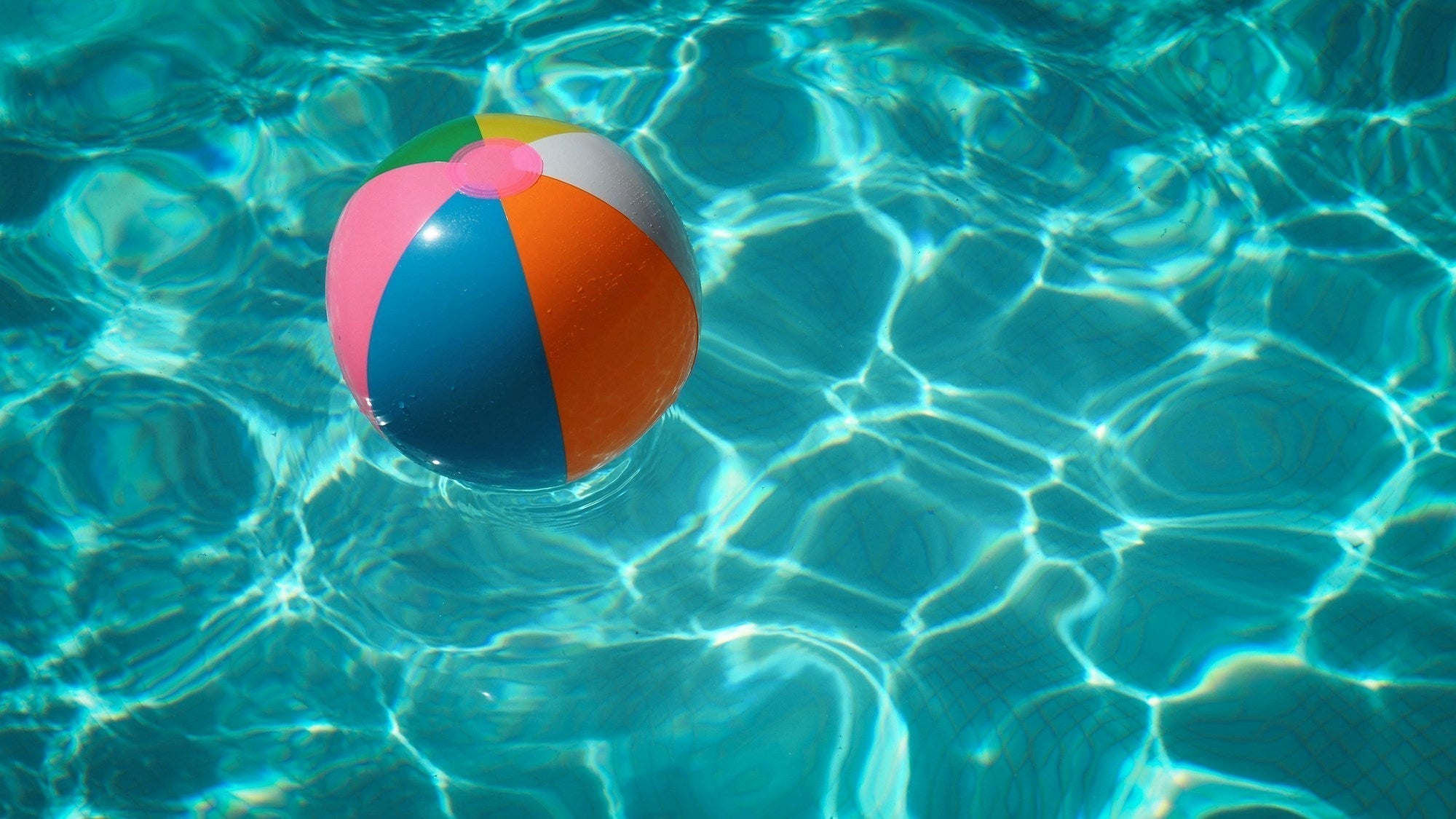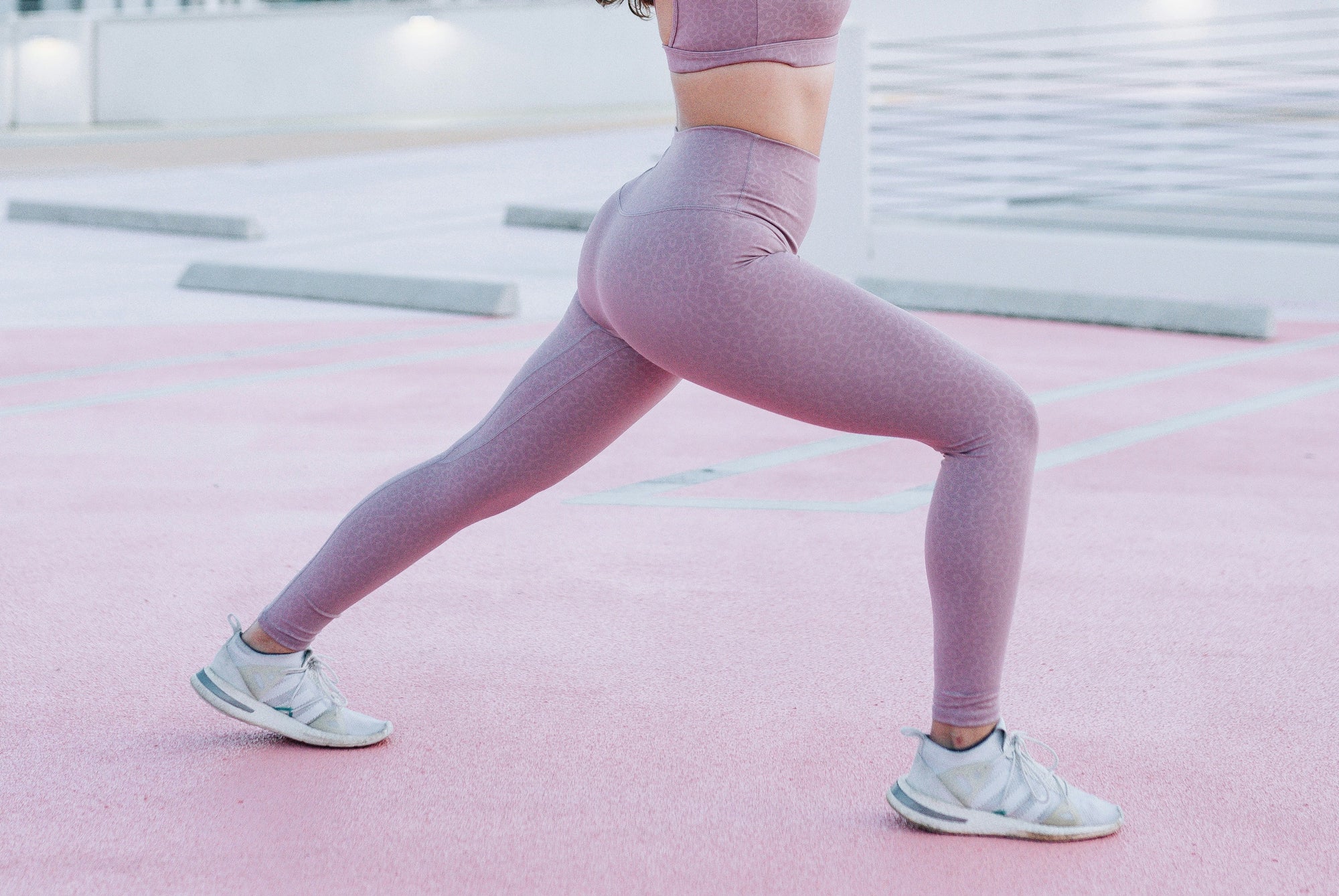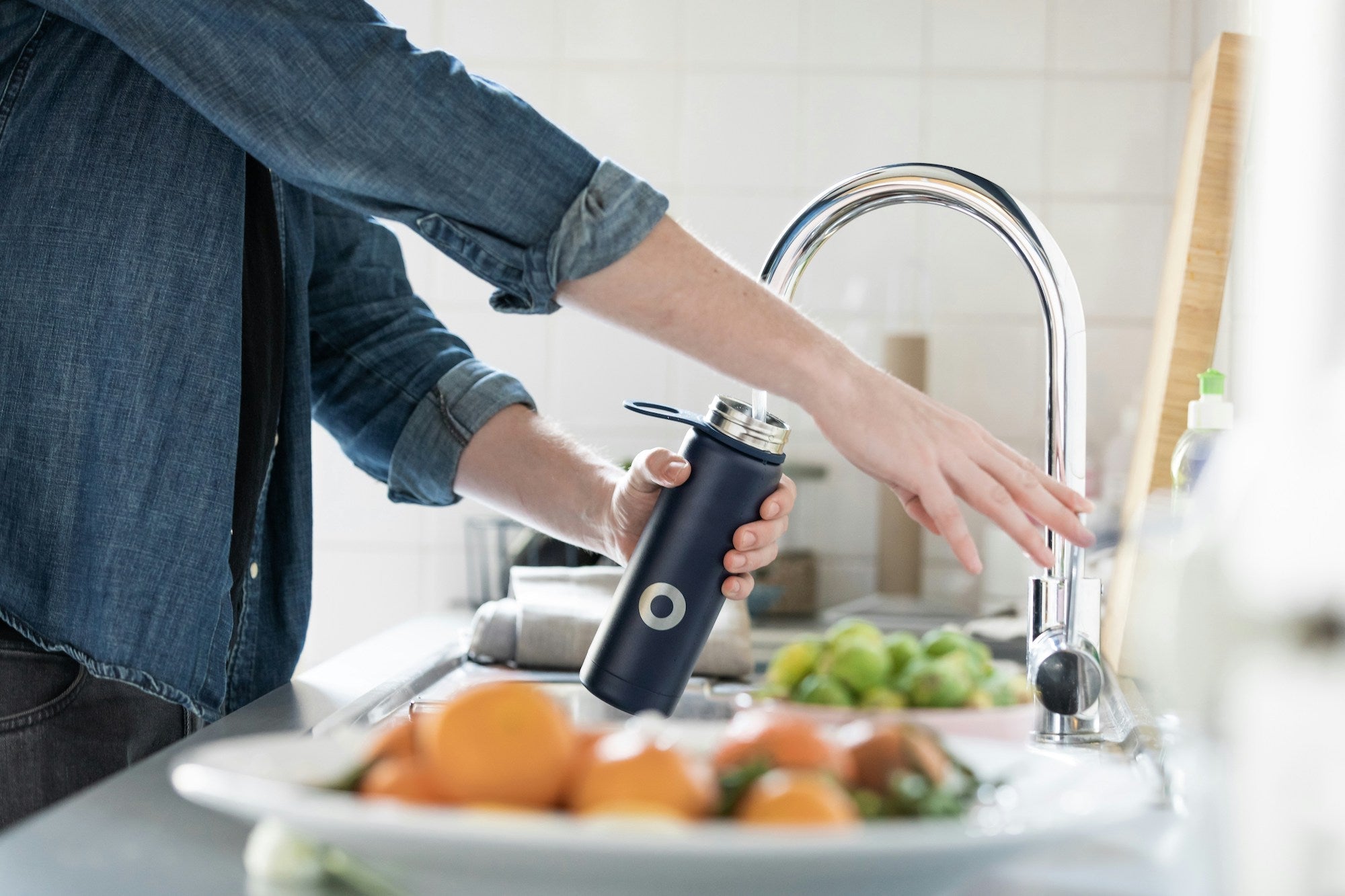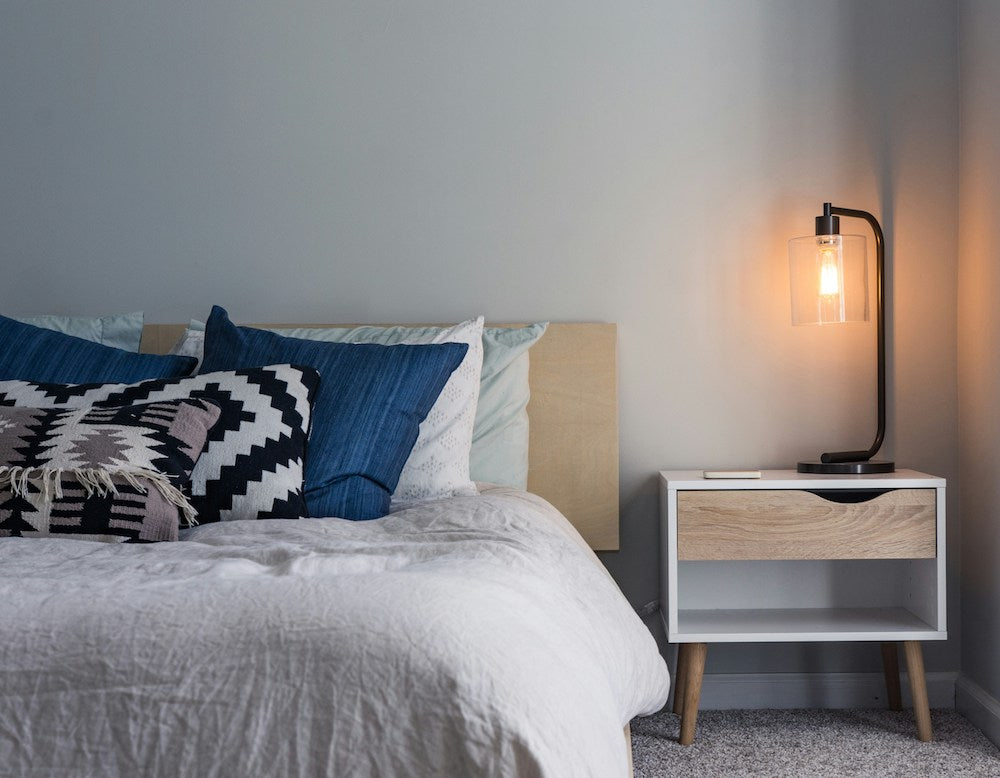
As parents, we all want to create a safe, nurturing space for our little ones to grow and thrive. But as we know, many household items contain chemicals that can impact indoor air quality and our babies’ health.
Recently, I became a first-time mum, and as many expectant mums I embarked on a journey to create a healthy nursery environment - because little lungs deserve the purest air possible! Whether you’re expecting or just starting to think about reducing toxins in your home, here’s a guide of the things I discovered can help you make healthier choices when setting up a new nursery - or updating an existing one!
1. Choose Low-VOC or VOC-Free Paint
Many conventional paints release volatile organic compounds (VOCs), which contribute to poor indoor air quality and can cause headaches, nausea, or respiratory irritation. Opt for VOC-free or low-VOC paints when decorating your nursery. If possible, paint well in advance and keep windows open for ventilation.
2. Opt for Solid Wood Furniture with Non-Toxic Finishes
Most mainstream nursery furniture is made from particleboard or MDF, which contains formaldehyde-based glues that off-gas harmful chemicals. Instead, choose cribs, dressers, and shelves made from solid wood with natural or water-based, non-toxic finishes.
3. Select an Organic Mattress and Bedding
Babies spend a lot of time sleeping, so a non-toxic mattress is one of the most important investments you can make. Look for an organic crib mattress made from natural latex, wool, or organic cotton. Avoid flame retardants, polyurethane foam, and synthetic materials. Pair it with organic cotton or linen sheets to keep your baby’s sleep environment as clean as possible.
4. Be Mindful of Flooring Choices
If you have the option, avoid synthetic carpets, which can harbor allergens and VOCs. Instead, opt for hardwood floors with a non-toxic sealant or natural fiber rugs like wool or jute. If you already have carpet, frequent vacuuming with a HEPA-filter vacuum can help reduce dust and toxins.
5. Use Non-Toxic Baby Care and Cleaning Products
Babies have sensitive skin, and many conventional baby care products contain fragrances, parabens, and other harsh chemicals. Choose organic, fragrance-free baby lotions, wipes, and shampoos. When cleaning the nursery, use plant-based, non-toxic cleaners (like ours!) to keep the space fresh without introducing harmful chemicals.
6. Avoid Synthetic Air Fresheners and Fragrances
Goes without saying really! Instead, freshen the nursery naturally by opening windows for ventilation, and regularly using an air purifier with a HEPA filter to improve the general air quality in the room.
7. Minimize Plastic and Choose Safe Toys
Plastic toys, especially those made from PVC, can contain endocrine-disrupting chemicals like phthalates and BPA. Opt for wooden toys with natural finishes, silicone, or organic fabric toys instead.
8. Reduce EMF Exposure
With baby monitors, sound machines, and other electronics in the nursery, electromagnetic field (EMF) exposure can add up. Keep electronics at a distance from your baby’s crib, use wired monitors instead of WiFi-enabled ones when possible, and turn off unnecessary devices at night.
9. Keep It Simple and Clutter-Free
A minimalist nursery not only creates a calm environment but also reduces dust, which can trap toxins and allergens. Choose quality over quantity when it comes to baby gear, and avoid unnecessary plastic or synthetic items.
10. Wash Everything Before Use
New clothes, blankets, and fabric items can come with residues from manufacturing. Wash all new textiles in a gentle, fragrance-free detergent before they come into contact with your baby’s skin.
Creating a non-toxic nursery doesn’t have to be overwhelming or expensive! Every small step you take toward a healthier space makes a difference. Start with the swaps that feel most achievable, and remember, perfection isn’t the goal—progress is.
We’re on this journey with you, learning and discovering ways to create a healthier home for our little ones. Have any favorite low-tox nursery tips? We’d love to hear them!
With love,
Simona, co-founder The Botanist

